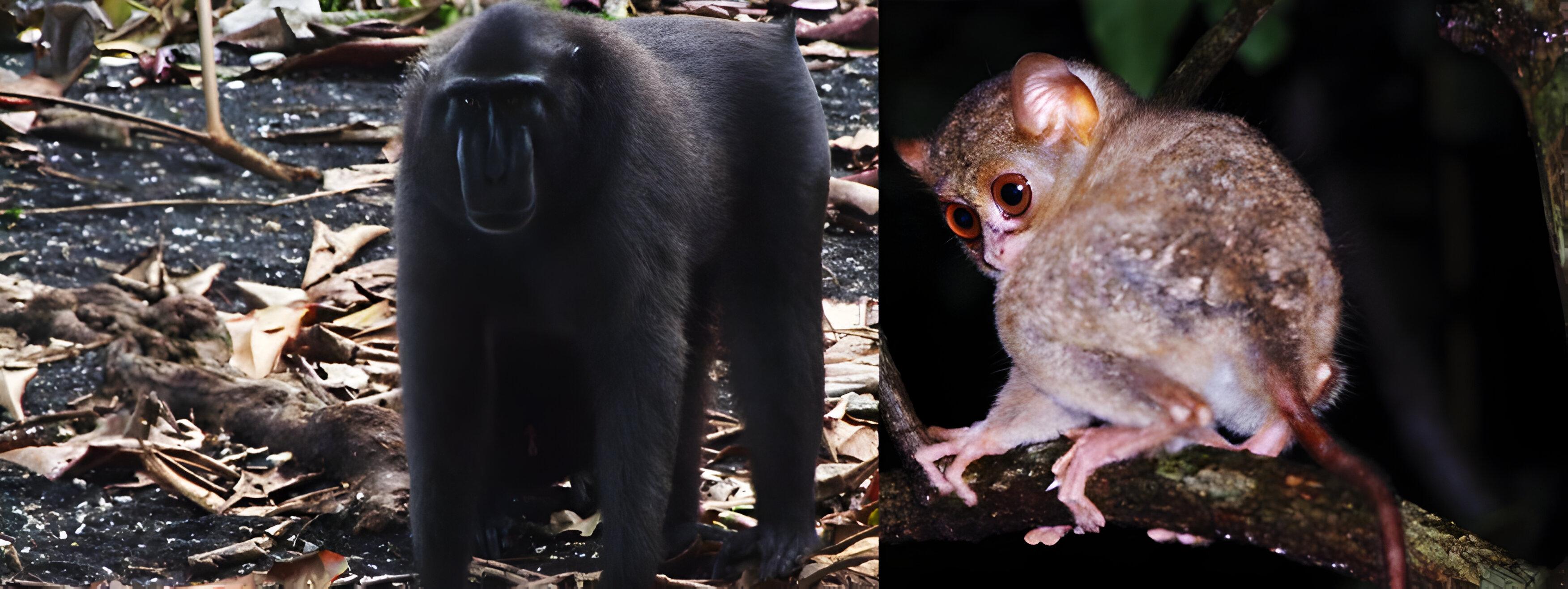
Welcome to Papua Island
Western New Guineans have significant cultural affinities with the inhabitants of Papua New Guinea. [citation needed] As in Papua New Guinea the peoples of the highlands have distinct traditions and languages from peoples of the coast, though Papuan scholars and activists have recently detailed cultural links between coast and highlands as evidenced by close similarity of family names. In some parts of the highlands, the koteka (penis gourd) is worn by males in ceremonies. The use of the koteka as everyday dress by Dani males in Western New Guinea is still common.
Papuan habitation of the region is estimated to have begun between 42,000 and 48,000 years ago. Research indicates that the highlands were an early and independent center of agriculture, and show that agriculture developed gradually over several thousands of years and that banana has been cultivated in this region since at least 7,000 years ago. Austronesian peoples migrating through Maritime Southeast Asia settled in the area at least 3,000 years ago, and populated especially in Cenderawasih Bay. Diverse cultures and languages have developed in situ; there are over 300 languages and two hundred additional dialects in the region (See Papuan languages, Austronesian languages, Central–Eastern Malayo-Polynesian languages). The 14th century Majapahit poem Nagarakretagama mentioned Wwanin or Onin as one of recognized territory in the east, today identified as Onin peninsula in Fakfak Regency, western part of larger Bomberai Peninsula, south of Bird's Head region of Western New Guinea.[25] Wanin or Onin was probably the oldest name in recorded history to refer to the western part of the New Guinea island.

 Chat for more information or book
Chat for more information or book








